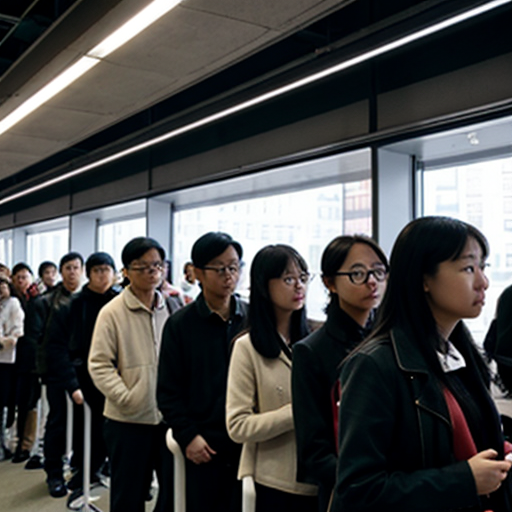Course 2 : Advanced OR Techniques

About Course
1. Nonlinear Programming:
Nonlinear programming (NLP) is a branch of mathematical optimization that deals with problems where the objective function or constraints are nonlinear. Unlike linear programming, which involves optimizing linear objective functions subject to linear constraints, nonlinear programming problems can have nonlinear relationships between variables.
The general form of a nonlinear programming problem is:
Minimize or Maximize f(x)
Subject to: g_i(x) ≤ 0, for i = 1, 2, …, m h_j(x) = 0, for j = 1, 2, …, p
Where:
- x is a vector of decision variables.
- f(x) is the objective function to be minimized or maximized.
- g_i(x) and h_j(x) are nonlinear inequality and equality constraints, respectively.
- m and p represent the number of inequality and equality constraints, respectively.
Nonlinear programming problems can be solved using various techniques, including gradient-based methods, such as the steepest descent method, Newton’s method, and quasi-Newton methods (e.g., BFGS), as well as direct search methods like the Nelder-Mead algorithm and genetic algorithms.
2. Goal Programming:
Goal programming is an optimization technique used to solve problems with multiple, often conflicting, objectives. In many real-world situations, decision-makers need to achieve several goals simultaneously, but these goals may be mutually exclusive or conflicting. Goal programming allows decision-makers to balance these competing objectives by finding a compromise solution that meets the specified goals as closely as possible.
The general form of a goal programming problem is:
Minimize or Maximize Σ(w_i * d_i)
Subject to: g_i(x) ≤ 0, for i = 1, 2, …, m h_j(x) = 0, for j = 1, 2, …, p
Where:
- w_i is the weight assigned to the ith goal.
- d_i is the deviation from the target value for the ith goal.
- g_i(x) and h_j(x) are the same as in nonlinear programming.
Goal programming involves specifying target values or ranges for each objective and minimizing the deviations from these targets subject to constraints. The weights assigned to each objective reflect their relative importance, allowing decision-makers to prioritize goals based on their preferences.
3. Queueing Theory:
Queueing theory is the mathematical study of waiting lines, or queues, and is widely used in the analysis and design of systems where customers or entities arrive randomly and must wait for service. Queueing theory helps to understand and optimize the performance of various systems, such as telecommunications networks, computer systems, transportation systems, and healthcare facilities.
Key concepts in queueing theory include:
- Arrival Process: The pattern of arrivals, which can be modeled using probability distributions such as Poisson or exponential distributions.
- Service Process: The pattern of service times, which can also be modeled using probability distributions.
- Queue Discipline: The rules governing the order in which customers are served, such as first-come-first-served (FCFS), priority-based, or shortest-job-next (SJN).
- Queueing Models: Analytical models that describe the behavior of queues under different conditions, such as single-server queues, multi-server queues, and queueing networks.
- Performance Measures: Metrics used to evaluate queueing systems, including average waiting time, average queue length, system throughput, and utilization.
Queueing theory provides analytical tools and techniques for optimizing system performance, such as minimizing waiting times, maximizing throughput, and balancing resource utilization.
4. Simulations:
Simulation is a computational technique used to model the behavior of complex systems over time. It involves creating a computer-based model of a system and running experiments to observe its behavior under different conditions. Simulation allows decision-makers to explore the consequences of various strategies, policies, and scenarios without the need for real-world experimentation, which can be costly, time-consuming, or impractical.
Key components of simulation include:
- Model Development: Creating a mathematical or computational model of the system under study, including its components, interactions, and dynamics.
- Experimentation: Running simulations to observe the behavior of the system over time, under different conditions and scenarios.
- Data Analysis: Analyzing the simulation results to draw conclusions, identify trends, and make recommendations.
- Validation and Verification: Ensuring that the simulation model accurately represents the real-world system and produces reliable results.
- Optimization: Using simulation to optimize system performance by identifying strategies or policies that maximize desired outcomes.
Simulation is widely used in various fields, including manufacturing, logistics, healthcare, finance, and defense, to support decision-making, improve system design, and mitigate risks.
In summary, nonlinear programming, goal programming, queueing theory, and simulations are important tools and techniques in operations research and related fields. They provide powerful analytical methods for solving complex problems, optimizing system performance, and supporting decision-making processes.
Student Ratings & Reviews
